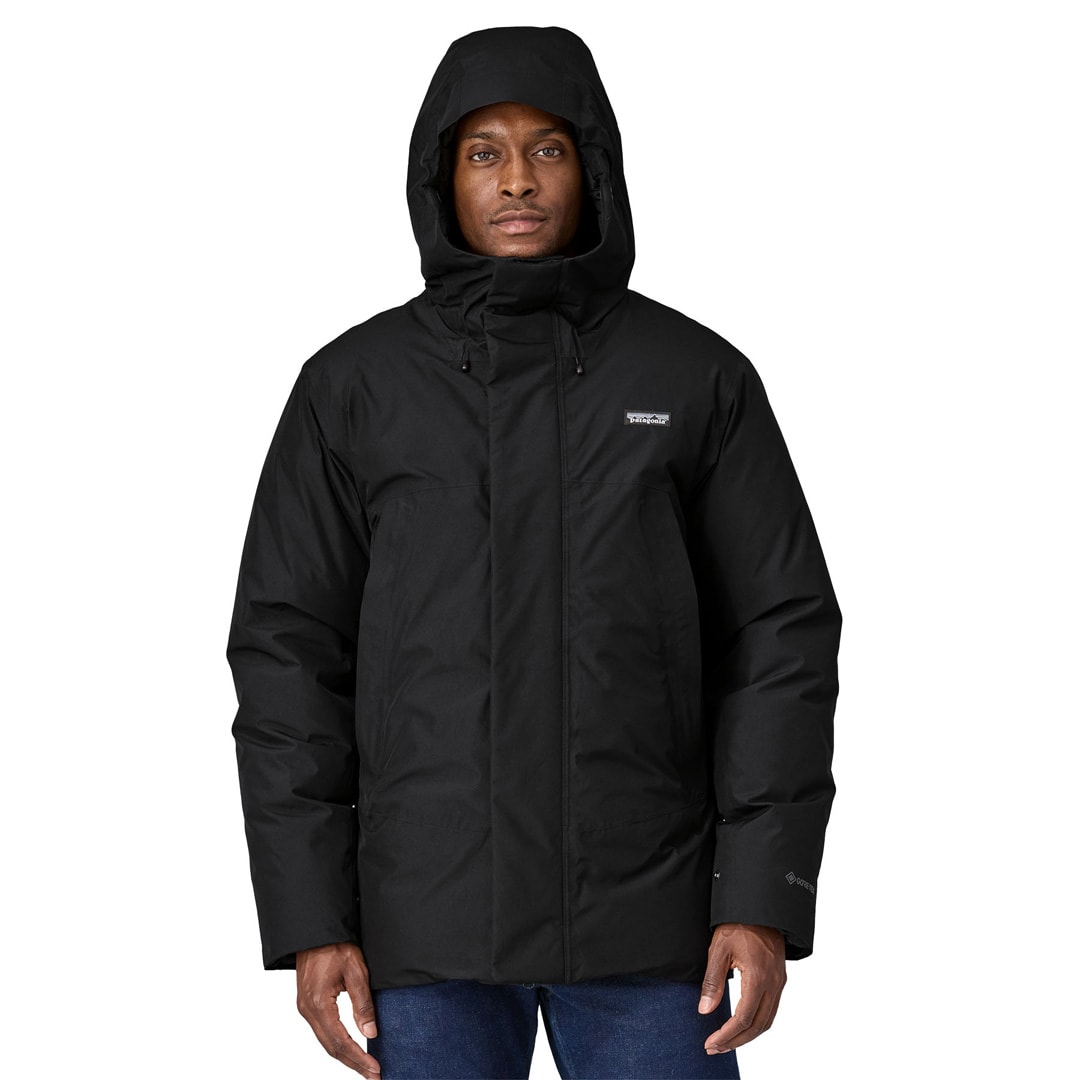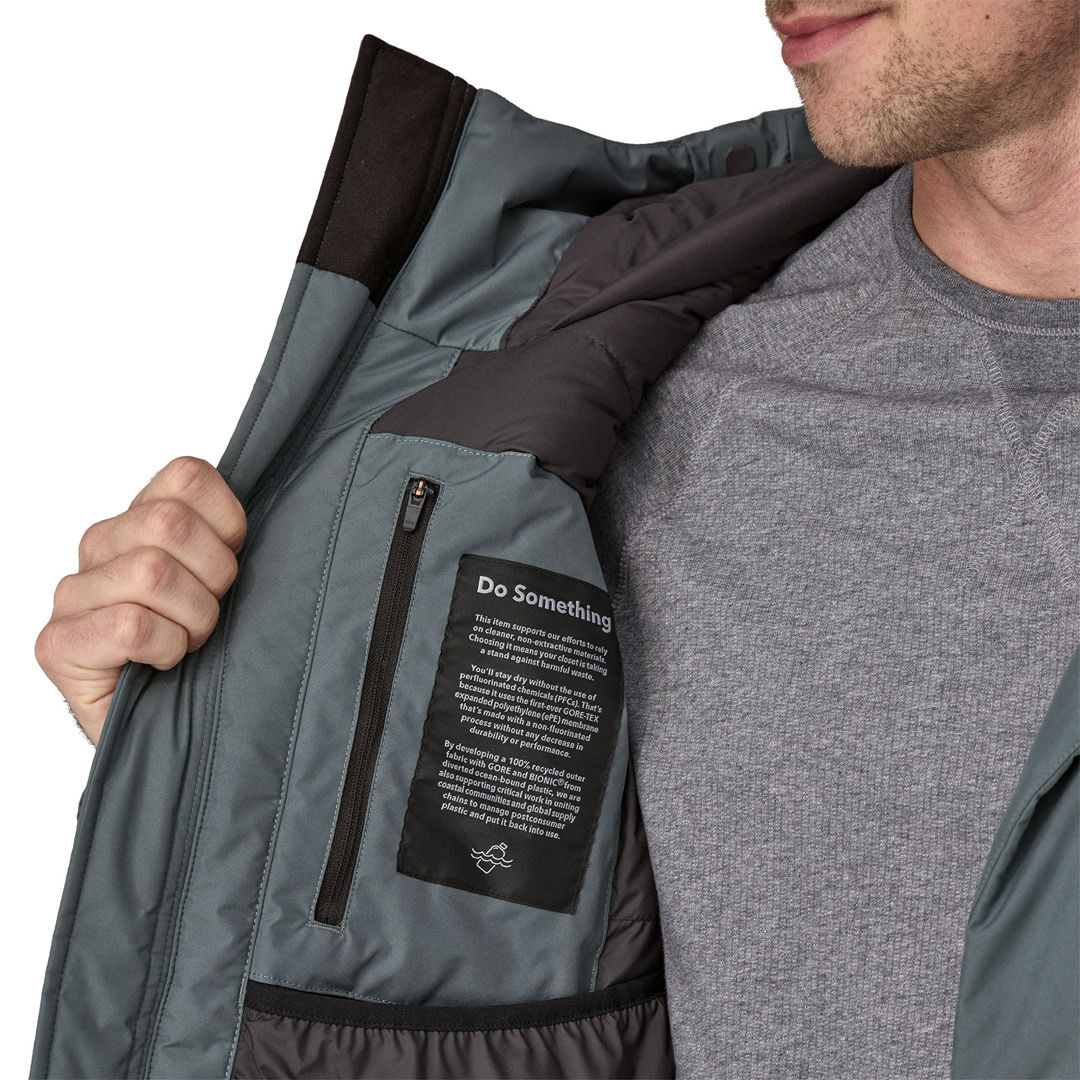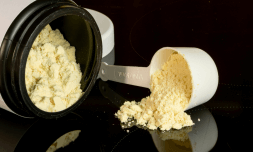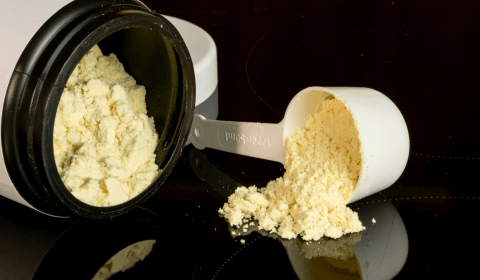Exploring the process
It all starts with Bionic.
The company’s primary goals are to provide infrastructure for waste management and offer employment to those living in coastal communities by hiring them to retrieve plastic waste from Costa Rica’s beautiful seashores.
Despite being a small nation, Costa Rica produces around 4 tons of plastic waste per day. As we’re seeing happen in other parts of the world, Bionic reports that one-fifth of this plastic will end up polluting local rivers and beaches without their intervention.
Once Bionic’s clean-up team has completed their job, the collected plastic waste is handed over to their business partner – a material science company called Gore-Tex. Inside its factory, the discarded plastics are transformed into a high-tech fabric which can be used to make outerwear clothing.
It sounds great, but the process hasn’t always been completely eco-friendly. In the past, toxic ‘forever’ chemicals have been included in the laminates of Gore-Tex’s outerwear fabrics in order to make them waterproof.
These chemicals have been identified as unable to ever break down in the environment or the human body – posing a risk to biodiversity and our personal health.
Hoping to create its most sustainable, eco-friendly, and high-performance jacket ever, Patagonia has stepped in to play an important role in pushing the team at Gore-Tex to a higher sustainability standard.

Bye bye forever chemicals
Patagonia posed a challenge to the scientists at Gore-Tex, asking them to test and prototype different methods of waterproofing fabrics without the inclusion of toxic chemicals.
Thanks to this push, Gore-Tex was able to successfully develop a new membrane called ‘expanded Polyethylene (or ePE)’ for the outer layer of jackets and coats. This substance is free of pesky forever chemicals but doesn’t compromise in waterproof performance.
Considering Patagonia’s ethos is based around a love for the outdoors, it makes sense to hear Mark Little, Patagonia’s global product director, explain the motivation behind this: ‘We’re trying to push the industry away from these chemicals, so we can get them out of our air, soil, and drinking water.’
After two years of experimenting, 50 percent of the fabric used in Patagonia’s new Stormshadow Parka is derived from ocean plastics while the waterproof fabric relies on no toxic chemicals to keep wearers dry.
‘If you buy this jacket, we don’t want to see you again for a decade,’ says Patagonia’s Little. Let’s hope not, as the parka has a steep price of $899 USD.
All jokes aside, scaling up the production of eco-friendly materials will drive their costs down.
It’s great to see huge brands like Patagonia creating partnerships with companies producing them so that more brands will be able to follow suit.























